Anthony Taylor ultimately ruled out a penalty after a lengthy VAR intervention in a Premier League clash, sparking fierce debate. While many voices screamed “stonewall,” the footage shows a defender playing the ball cleanly before any consequential contact with Bukayo Saka. Under Law 12 and the VAR “clear and obvious” threshold, the no-penalty outcome is the only defensible landing. Time taken is irrelevant; accuracy is. Contrary to the loudest pundit takes, “any contact” is not automatically a foul. This decision protected fair tackling, punished neither honest defending nor invited simulation, and, crucially, aligned with elite officiating guidance.
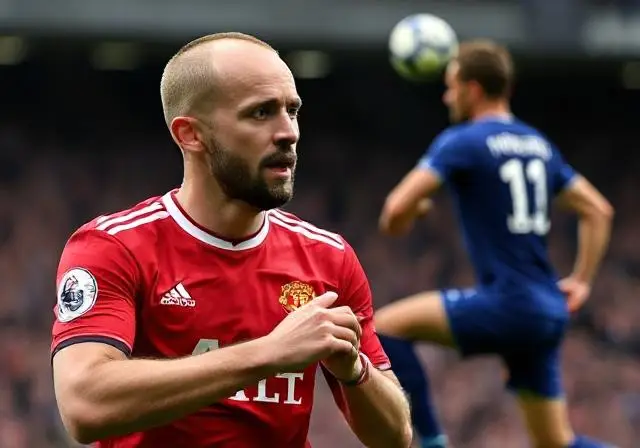
The incident occurred during a high-tempo Premier League fixture, in which an attacking dribble into the box ended with a challenge on Bukayo Saka. The referee initially pointed to the spot before a prolonged VAR check recommended an on-field review. After examining multiple angles at the monitor, Anthony Taylor rescinded the penalty, signaling a drop-ball restart consistent with a fair challenge on the ball. The sequence fueled immediate debate among fans and analysts given the timing, the game state, and the profile of the attacker involved.
🚨❌Anthony Taylor rules OUT the penalty! For once I'd say he's got it right!
@ThaEuropeanLad
Impact Analysis
Rescinding the penalty carries tactical, psychological, and governance-level consequences. Tactically, it reinforces an officiating stance that values clean ball-winning and does not automatically penalize incidental contact that occurs after a legal touch on the ball. Defenders gain clarity: studs down, side-on approach, and clear ball contact preceding any collision will be protected. Attackers, conversely, receive the message that late, trailing-leg contact or momentum-induced falls won’t suffice without clear evidence of carelessness or force.
Psychologically, the cadence of a long review can deflate attacking rhythm and stir crowd agitation; however, the integrity benefit is tangible. Elite sport prefers the right decision over the quick one. From a governance perspective, the outcome is aligned with IFAB’s Law 12 and the VAR protocol’s high bar: only intervene when the on-field decision is clearly wrong. The angles here showed ball contact first, a discernible change in ball trajectory, and contact that was secondary and inevitable due to the attacker’s line of running.
For Arsenal and opponents alike, this sets a usable benchmark: borderline “touch-first” tackles should not default to penalties. In the broader title and top-four calculus, consistent application of this standard will reduce soft penalties, stabilize xG volatility from the spot, and reward cleaner defensive technique across the league.
Reaction
Social sentiment fractured along familiar tribal lines. A vocal cohort argued the decision took too long, conflating time spent with correctness and venting that a seemingly “obvious” call required several minutes. Others countered that the tackle was exemplary—ball cleanly won, body shape controlled—and that patience delivered justice. Some detractors framed the incident through the prism of Bukayo Saka’s drawing of contact, alleging simulation or embellishment; supporters retorted that dynamic attackers inevitably absorb contact at speed and that intentless collisions are not proof of diving.
There was also confusion about process: a few insisted the referee never gave it in real-time, while others maintained Taylor did point to the spot and VAR intervened properly. That split underscores how stadium and broadcast perspectives can mislead without the synchronized angles officials receive. Amid the noise, a quieter strand praised the adherence to Law 12 and the protection of fair tackling, noting that “any contact equals penalty” is a myth that has crept into discourse. In essence, fanbases read the same pictures differently: one side saw a foul via outcome (the fall), the other saw legality via sequence (ball first, incidental contact second). The latter view, crucially, is the one the Laws support.
Social reactions
There we see the 150m dolphin. SeaWorld about to inquire for his services.
Pavloking (@Bravotastic10)
He didn't rule out! He actually tried his best to stand on his decision and VAR tried for 3 minutes to convince him that it wasn't a PENALTY
Football Fans (@footballfantcs)
Ofc as expected https://t.co/kznXtd6HnT
Ify (@ifydeyforyou)
Prediction
Expect PGMOL to double down on education in public briefings and, potentially, to release review-audio in similar high-profile cases to demystify the VAR threshold. This incident will likely harden a league-wide interpretation: where a defender cleanly plays the ball with controlled force and contact arises as a natural consequence of momentum, the default will be no penalty. Clubs will respond in micro-tactics—attackers refining foot placement to avoid trailing-leg snags, defenders drilling body angles that win ball without scissoring the opponent’s path.
In the near term, we’ll see fewer “soft” penalties and a bump in defensive aggression calibrated within the Laws. Broadcasters will pivot to emphasizing sequence analysis—ball line deviation, contact point, and tackle orientation—over slow-motion theatrics that exaggerate force. For players like Saka, who invite challenges through tempo and balance, the adjustment is simple but significant: earn derailing contact before the ball is cleanly played, or keep moving. If PGMOL stays consistent, the noise will subside, and teams will adapt to a firmer, clearer standard inside the penalty area.
Latest today
- Al Hilal takeover twist - why a summer move for Bruno Fernandes still looks alive
- Barcelona lock onto 17-year-old Juan Riquelme Angulo after Copa UC hat-trick
- Exclusive: Bruno Fernandes has £56.6m non-PL clause as Saudi move lines up for 2025
- Real Madrid push for 17-year-old Ecuador pivot Ederson Castillo - Juni Calafat on point
Conclusion
This was the correct call, full stop. Popular punditry often reduces incidents to a single frame: an attacker on the turf equals a foul. The Laws demand more rigor—what happened first, where was the defender’s foot, did the ball materially change path, and was any subsequent contact careless or simply consequential? On those tests, the tackle passed. VAR’s purpose is not to re-referee subjectivity, but to repair obvious errors. Having reviewed the angles, Taylor’s decision to rescind the penalty aligned precisely with both Law 12 and the VAR protocol.
Going against the crowd isn’t contrarian for its own sake; it’s fidelity to the framework that elite officiating must uphold. Protect fair challenges, discourage embellishment, and keep the threshold high. If the league remains consistent, players will adapt, debate will cool, and matches will be decided more by moments of quality than by borderline trips to the spot. That is a win for the sport’s integrity.







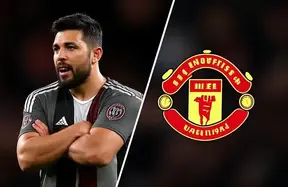
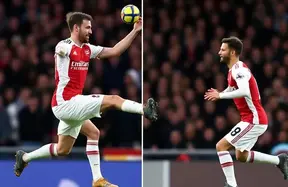
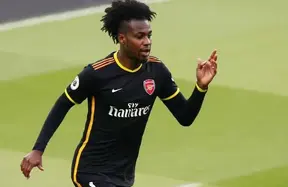
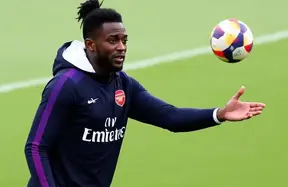

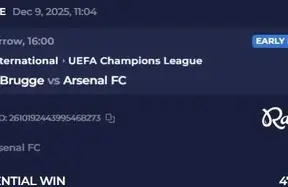
Pavloking
There we see the 150m dolphin. SeaWorld about to inquire for his services.
Football Fans
He didn't rule out! He actually tried his best to stand on his decision and VAR tried for 3 minutes to convince him that it wasn't a PENALTY
Peter Knights
He didn’t, he gave it and VAR got it right
Carlos
Good decision
Nicky
Its a pen!
Maddox
That was never a pen
Ify
Saka and diving is a match made in heaven 😂😂but watch arsenal fans cry about it now
TheEuropeanLad
🤣🤣🤣
TheEuropeanLad
True. Stevie wonder could see that was a good challenge
United Till 90
He took 5 minutes to take a decision that was so obvious 😭
VAR Center
Da Vincí
He is just having a good day
Dalah
Took ages tho from him to see it was a great tackle
EA.Brown
No penalty
Wayne Reid
Never a pen but COYG
Blay (Fan)
Vim